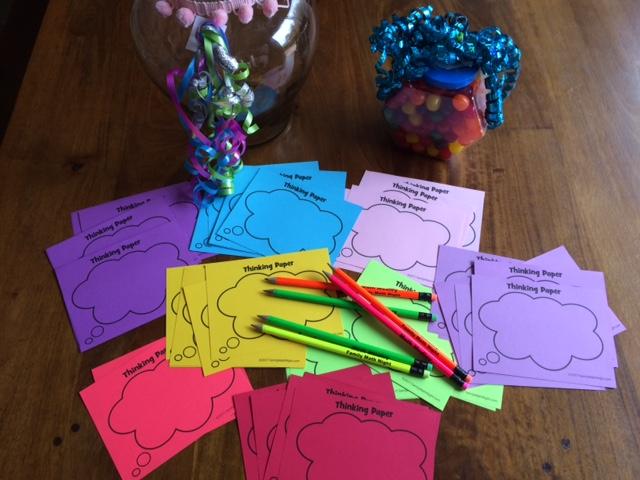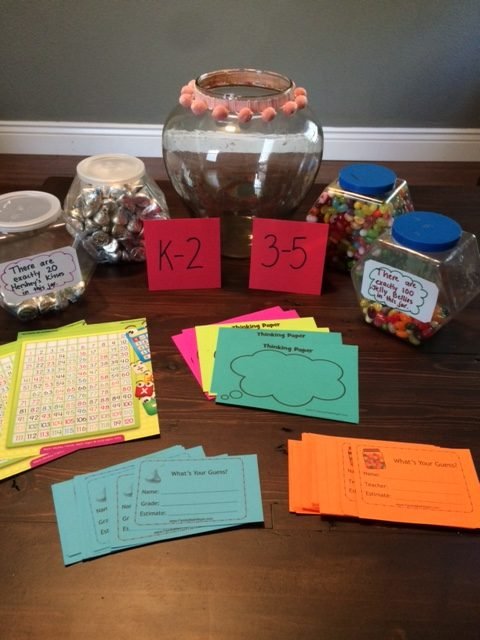
We often think of math as the exact-answer subject. But the kind of math that we do most often during the day doesn’t require an exact answer. We use this particular math skill when we need to figure out how much time we need to get ready in the morning. Or whether we have enough gas in the car to get to work. Or whether $50 is enough to cover the items in our shopping cart.
The math skill we use the most is, of course, estimation. And estimating accurately requires a high level of math. That’s because it’s abstract which means we need to tap into our number sense and reasoning skills.
One way to provide our students with opportunities to work on their estimation skills is during computation practice. Instead of diving right in to figure out 15 x 12, have students come up with an estimate…about what the answer will be. In fact, periodically I ask students NOT to determine the exact answer and, instead, have them turn in their work with only their estimates recorded. This is hard for them to do in the beginning because they are so used to working out arithmetic problems, but they soon learn the value in thinking about the problem first.
A fun way to get students to work on their estimating skills is through the estimation jar. I’ve included two of my estimation videos below. The first video describes using the estimation jar in the classroom as a way to develop, not only estimation skills, but place value and number sense, as well.
Read More Read More

